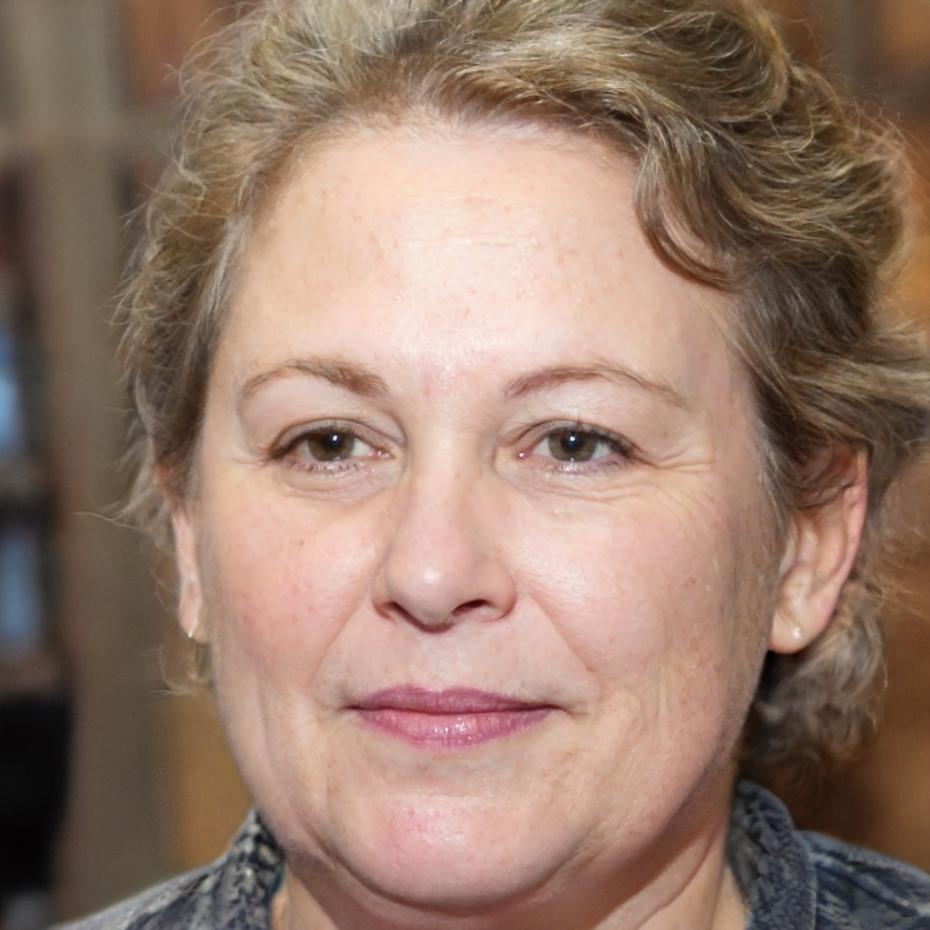Learning Through Real Market Analysis
Financial analysis isn't something you memorize from textbooks. It's a skill you build by working through actual scenarios, making mistakes in safe environments, and understanding why certain patterns emerge in market data.
Our approach grew from watching too many people struggle with abstract theory that never clicked. So we rebuilt everything around practical application. Students work with real financial statements, actual market conditions, and genuine business challenges from day one.
The difference shows up quickly. When you're analyzing a company's cash flow or evaluating investment opportunities, you're not trying to remember formulas. You're applying frameworks you've already tested dozens of times.

Building Competence Through Repetition
We structure learning around three core modules that build on each other. Each one focuses on a specific aspect of financial analysis, but they're all connected by the same principle: you learn by doing, then doing again with more complexity.
Statement Analysis Framework
Start with income statements, balance sheets, and cash flow documents. Not the theory of what they are, but how to extract meaningful insights from them. Students work through ten different companies in various industries, identifying patterns and anomalies.
Ratio Analysis Application
Once you understand what the numbers mean, you learn how they relate to each other. Liquidity ratios, profitability metrics, efficiency indicators. We use historical data from Australian companies to show how these ratios predicted actual outcomes.
Valuation Methods
The final module brings everything together. Students learn multiple valuation approaches and apply them to real scenarios. The goal isn't to memorize formulas but to understand when each method makes sense and why analysts disagree on value.


Learning From Experience
Heidi Lunde spent twelve years as an equity analyst before joining our teaching team. She brings case studies from companies she actually covered, including the ones where her analysis was completely wrong. Those failures turned out to be the most valuable teaching material.
Aisling Devereaux worked in portfolio management at three different funds. She noticed that new analysts always struggled with the same concepts, not because they were difficult, but because they were taught in isolation from real decision-making contexts.
Both instructors focus on showing their work. Students see the full analysis process, including the dead ends and recalculations. That transparency helps people understand that financial analysis is iterative, not something you get perfect on the first attempt.

How One Student Changed Their Approach
Briar Kinsley joined our autumn 2024 program after struggling through two other courses that never made sense to her. She understood the concepts in theory but couldn't apply them when looking at actual companies.
The breakthrough came during week four when we analyzed a retail company going through restructuring. Instead of being told what the numbers meant, Briar worked through the cash flow statement line by line, identifying where money was actually going.
She realized the company was burning cash on inventory that wasn't moving, something the income statement didn't clearly show. That single insight shifted her entire perspective. Financial analysis wasn't about memorizing what ratios meant—it was about following the money trail.
- Completed twenty company analyses during the program, each one building confidence
- Started applying the framework to her own investment decisions, catching red flags she'd previously missed
- Joined our advanced cohort starting September 2025 to refine sector-specific analysis skills
Briar's experience is common among participants who've taken other courses before. Once the practical application clicks, the theoretical concepts suddenly make sense. That's why we structure everything around real analysis work rather than lecture-based learning.
View Program Details